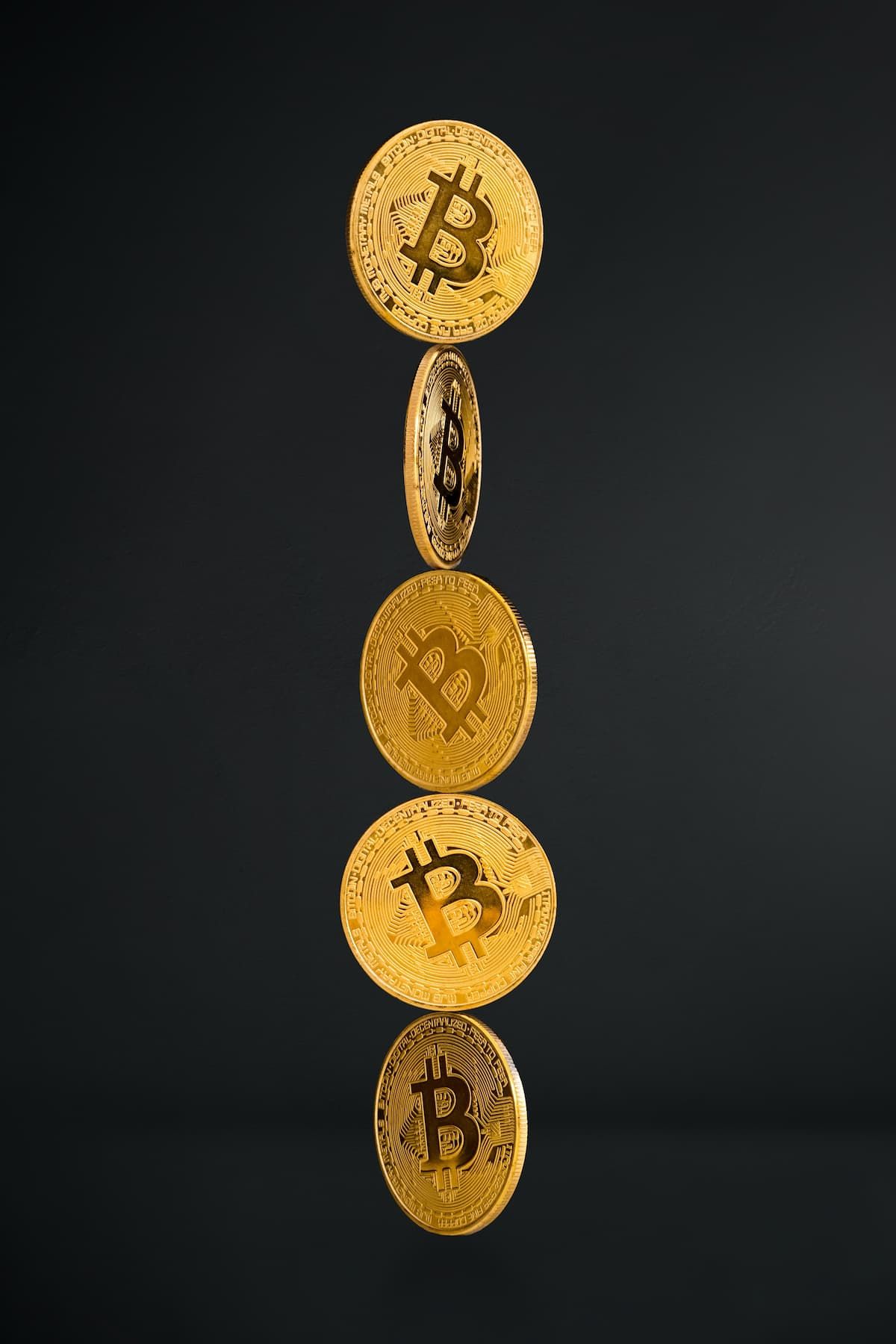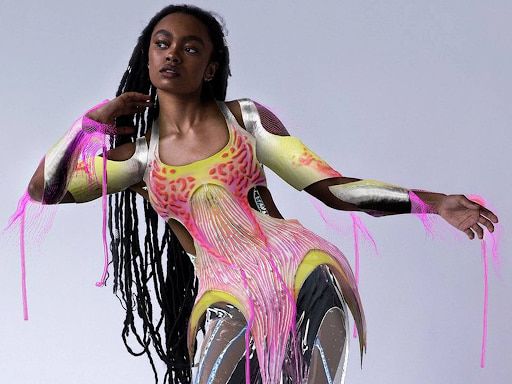Content marketing in the metaverse and what it will look like


Ash Liddell Senior Content Strategy Executive
7 min read
Tuesday, 26th July 2022
The metaverse market is expected to reach a value of $800 billion by 2024, but what will content in the metaverse look like? Let’s explore metaverse marketing.
Before we can understand what content is going to look like in the metaverse, we need to know what it is.
SO, WHAT IS THE METAVERSE?
The metaverse is a collection of persistent 3D environments that can exist as a virtual reality or alternate world where people can socialise, work and play. This all takes place on the internet, essentially letting people recreate activities they do in the real world in emerging digital worlds.
Currently, the metaverse relies on a range of technologies that content marketing teams will already be well aware of, including Virtual Reality, Augmented Reality, AI, Social Media, NFTs and Cryptocurrencies. Combining aspects of some or all of these technologies creates a living, breathing, content experience.
Mark Zuckerberg may have looked to hijack the term in 2021, rebranding Facebook to Meta and promising metaverse advancements on his brands’ platforms, but examples have existed for years now.
Do you know the video game, Fortnite? Well, that is an example of a metaverse. As with Meta, It’s not the only metaverse - saying so would be like saying YouTube is the entire internet. Instead, the Epic Games phenomenon makes up a small section of the metaverse - similar to how a web page is a small section of the web.
It’s an evolving concept, with creators working to develop what will become the norm of the metaverse-age of the internet in the coming years. And no one quite knows what the metaverse will come to look like. But that’s what is most exciting for content marketers!
We’re living in a time where we can develop solutions freely, driving innovation and creativity and seeing how users react. The metaverse is almost a blank canvas, and we’re able to utilise all of our creativity and tools, seeing what gets users talking and what doesn’t.
SO, WHAT WILL CONTENT LOOK LIKE?
As I've just touched on above, it's hard to say exactly what content in the metaverse is going to look like in the long term. For the first time, content marketers are presented with the ability to create content experiences that are limited only by their team’s imagination.
That being said, there are already themes for content creation that are being leveraged and that is here to stay, no matter how they are implemented by content teams. Let’s look at those here.
CONTENT WILL BE TRULY PERSONAL
Due to the interactivity that is emerging in metaverse experiences, a one-size-fits-all approach to content is not going to resonate for users who are already starting to demand true personalisation from these experiences. As the metaverse provides a parallel reality for users, the ability to reflect one’s personality and character within these spaces, as they would in the real world, is of paramount importance. Therefore, there is a clear demand for personalised communications along with personalised metaverse products - and this gives brands huge opportunities.
One early example of this in practice is the work of DRESSX.

DRESSX is a meta-fashion brand that enables consumers and fashion brands to enter into the metaverse. The brand facilitates true personalisation by allowing consumers to manufacture clothes from scratch and buy virtual clothes that truly reflect their personality and character, without the restrictions such efforts would have in the real world. DRESSX even allows users the opportunity to convert their fashion NFTs into real world clothing items.
CONTENT IS BECOMING MUCH MORE DEMOCRATIC
One of the growing concerns around web 2.0 surrounds large organisations controlling the internet through their platforms, owning user profiles, data and more. The likes of Facebook, Twitter and YouTube provided great products and services in return for data, and users were happy to give this data away initially. However, over the past couple of years, it has become clear that users are becoming increasingly concerned with this model, and are looking for ways to better control their privacy online.
The metaverse content we create will have to consider this shift in user mentality, and look at ways we can provide solutions without the need to extract endless amounts of data from a user base. This is primarily because the blockchain technologies used by the metaverse experiences protect this privacy and a user’s data.
In the metaverse though, these content experiences will be monetised in a variety of ways that we can capitalise upon instead. For example, we could see metaverse experiences that offer marketing teams the ability to create OOH campaigns that appear within their worlds - on the streets of a virtual New York City, for example.
COLLABORATION WILL BE VITAL FOR SUCCESS
The best things in life are collaborations. Kong vs. Godzilla, McGregor vs. Mayweather, the recent Spiderman: No Way Home movie - to name but a few. Collaborations between brands are going to be HUGE in the metaverse. Collaboration in the metaverse is all about introducing new audiences to brands that align with their likes, morales and beliefs through their association with a partnering brand. We’re already seeing real efforts by real world brands working with established metaverse brands. For example, fashion brands working with video game titles to develop brand exposure to an entire new audience - think Balenciaga X Fortnite.
This desire is integral to how the metaverse will operate alongside web3. Brands will be able to develop the solutions they wish to develop without fear of having their content removed from the web or metaverse.
One example of this is the work by NIKE and RTFKT who were working collaboratively to deliver NFT sneaker products for followers of both brands. This was always a match made in heaven, with RTFKT now becoming part of the NIKE family of brands. Check out the most recent collaboration below which delivers NIKE digital sneakers to a community of sneakerheads in the metaverse!

COMMUNITY WILL BE A HUGE DRIVER
Similarly to how collaborations are proving vital to metaverse content, the sense of community will be vital to the success of metaverse experiences, also.
Ownership has stereotypically been a huge part of web2 success stories but, similarly to the shift seen in the software community and opensource technologies becoming more and more prominent, we are about to see content experiences that are driven forward by members of the community. We will see innovation in the offering and feel of these experiences, in a similar way to how society is driven forward in the real world by the population that lives within it. Brands will have to react to these changes and deliver their content experiences based on the current landscape of the metaverse their user base occupies. This should lead to huge innovation and constant evolution of what content looks like in the metaverse.
CUSTOMISATION IS ALREADY PROVING KING
Customisation of content is arguably the most important facet of metaverse content right now. The ability for users to tailor their own experience of a metaverse to their wants, needs and desires is a huge selling point for the content we have already seen in the metaverse. From the customisation of digital avatars to the customisation of areas of a metaverse world, what is already becoming clear is that, as was the case with personalisation, customisation is vital for content in the metaverse. Users want to use the metaverse as an extension of themselves, their creativity and create what they want in a digital capacity, therefore customisation is already proving KING!
CONTENT EXPERIENCES SHOULD BE EXCLUSIVE SPECTACLES
Content experiences in the metaverse need to be seen as exclusive, almost VIP level events, even if they are targeting the masses. By creating experiences this way, brands are able to leverage FOMO, rarity and the exclusivity to create buzz and hype, developing a sharable conversation.
Here we have a wearable NFT, part of a wider NFT product, that can be worn in the metaverse experience, Decentraland. The concept was inspired by loot boxes from video games, and rewarded the purchaser with several NFT assets that are extremely rare, along with real world collectibles. The launch of this NFT was accompanied by an event within the Decentraland metaverse that allowed users to participate and celebrate International Friendship Day. At the event, users were given the opportunity to win further Coca-Cola wearable NFT assets.
AND THAT’S CONTENT IN THE METAVERSE
From NFTs to interactive VIP experiences, one thing is perfectly clear, the world of content marketing is indeed evolving. Aspects of the above characteristics that are shaping metaverse marketing will be familiar to your marketing and creative teams, with the fundamental goals remaining very similar to what we expect from content now. What is changing though, is the execution and how we achieve this.
For content marketers moving forward then its vital that this purpose is remembered, almost grounding every creative idea the metaverse affords us as creatives. Brands don’t want us to be creative for being creative sake. Tangible results are still going to be hugely important as we enter the metaverse. As creatives, we could develop the most amazing interactive experience, but ultimately it has to drive the marketing objectives of the strategy.
Want to make some magic? Get in touch.
